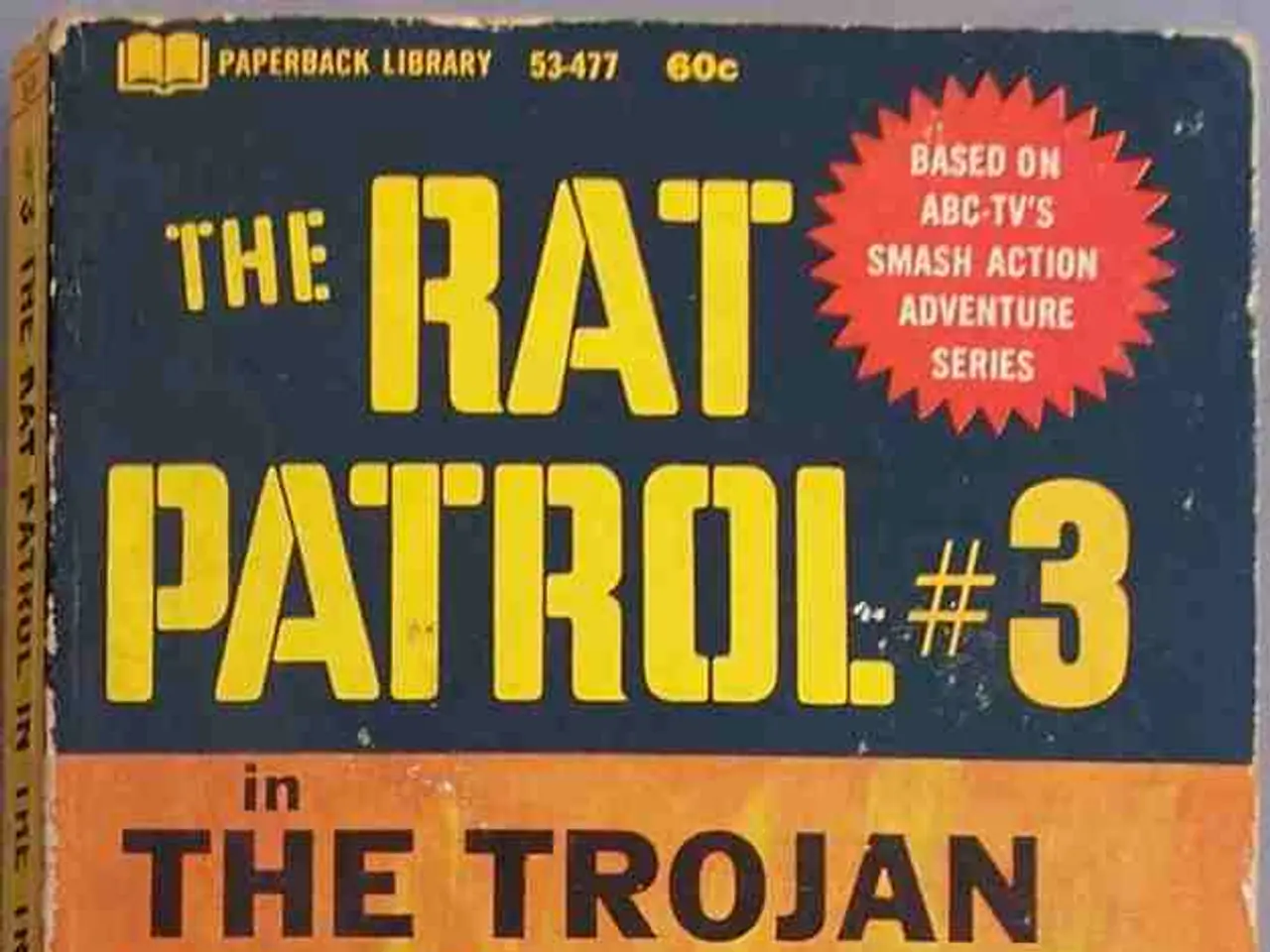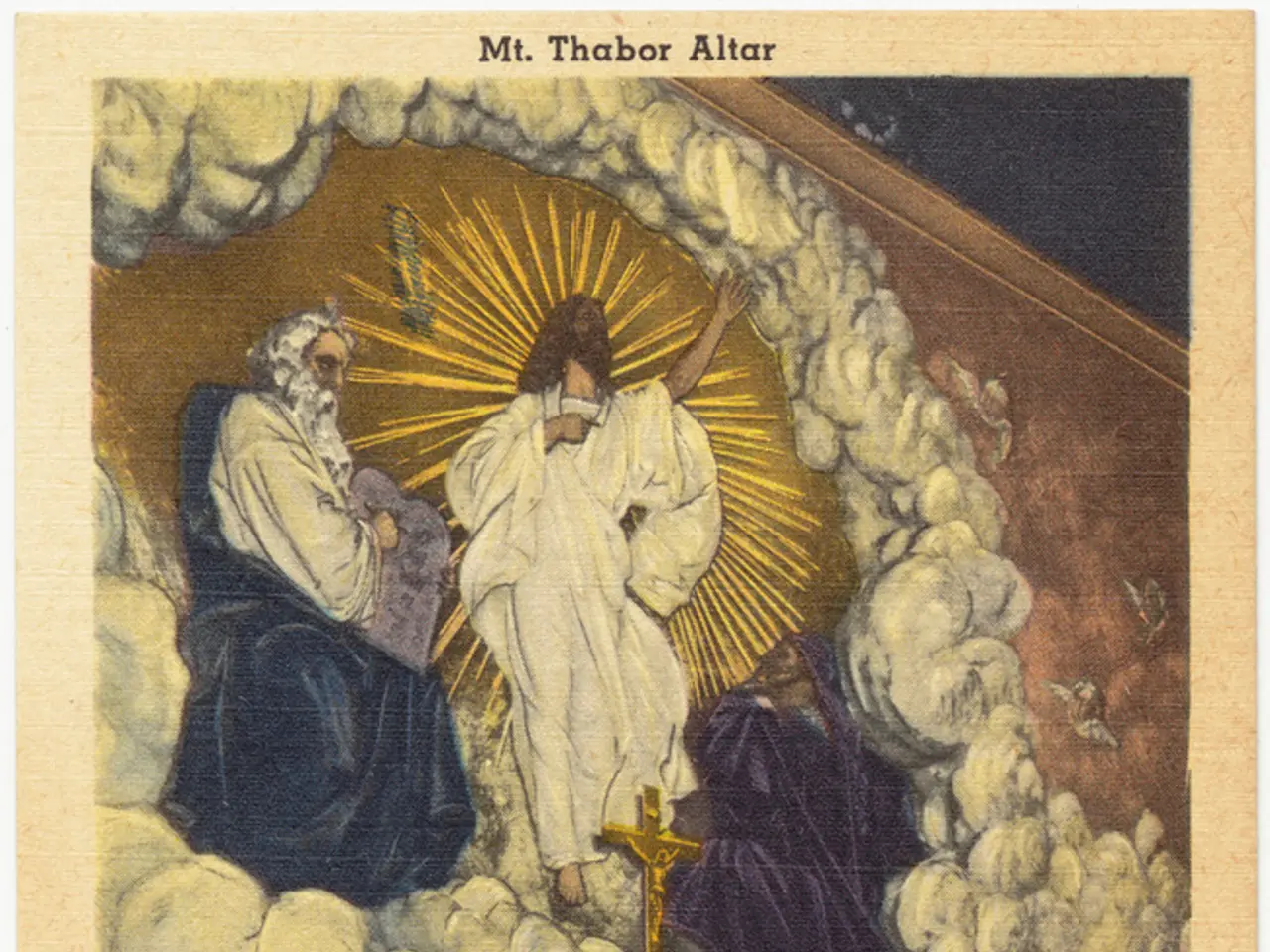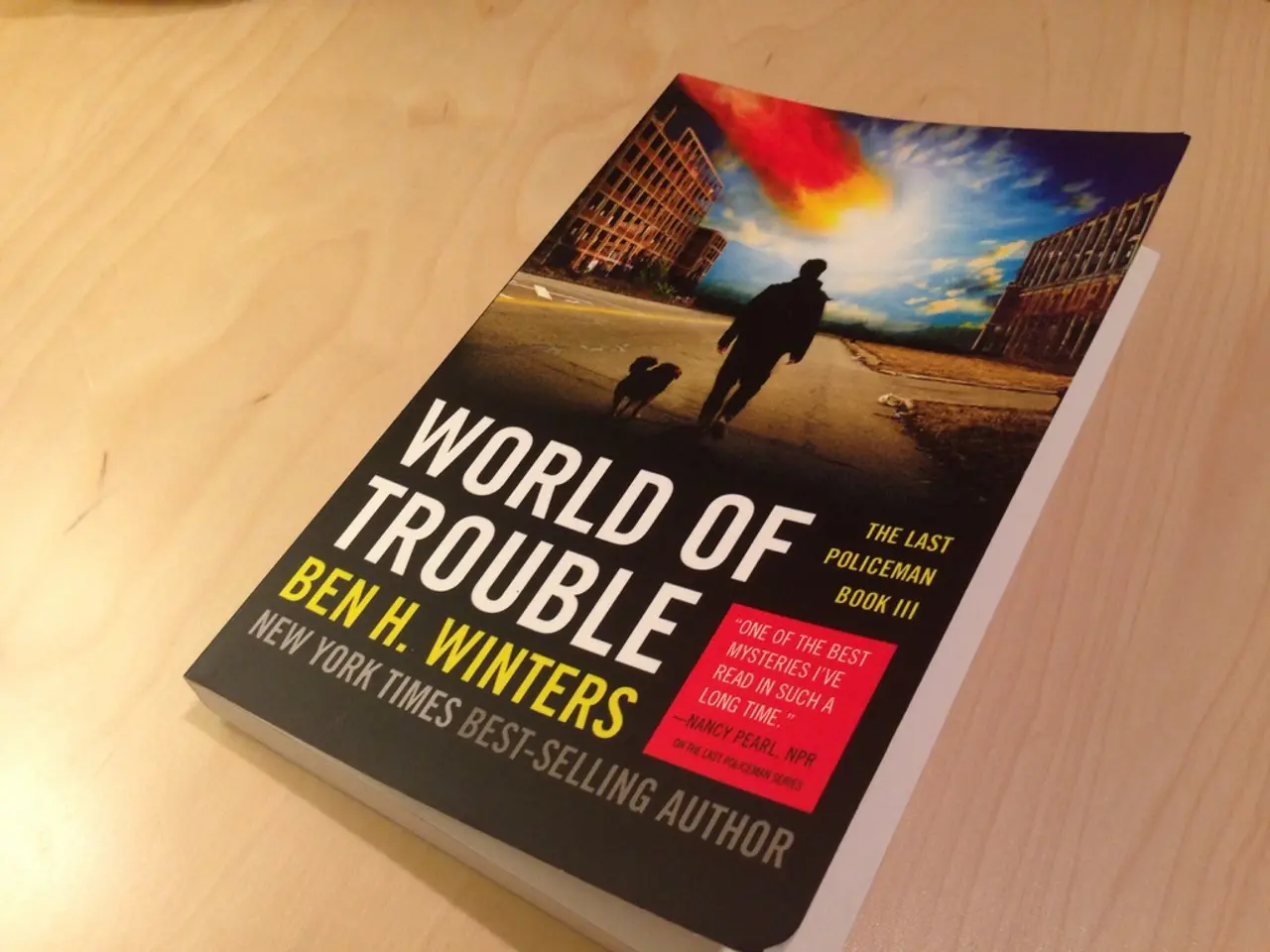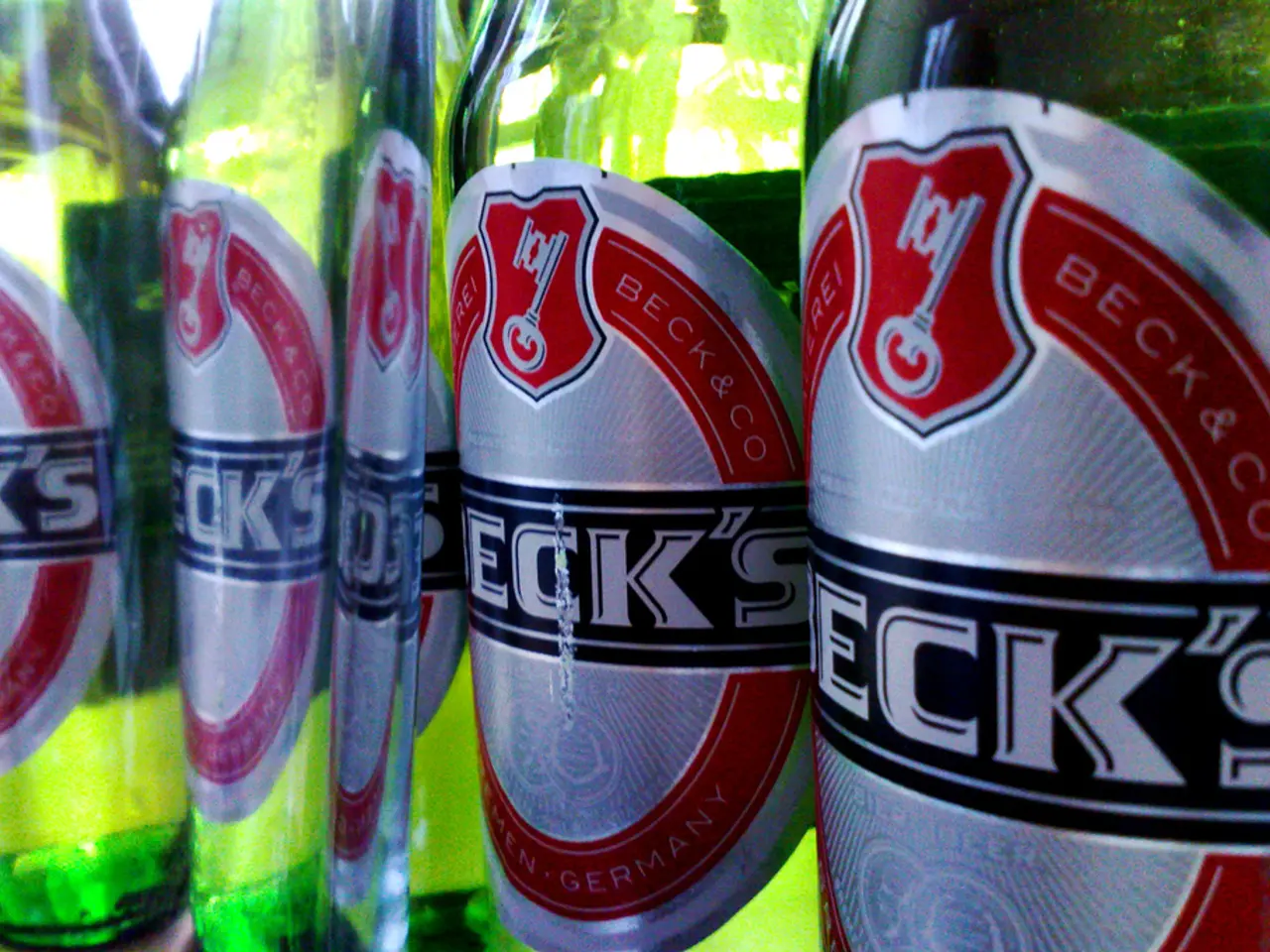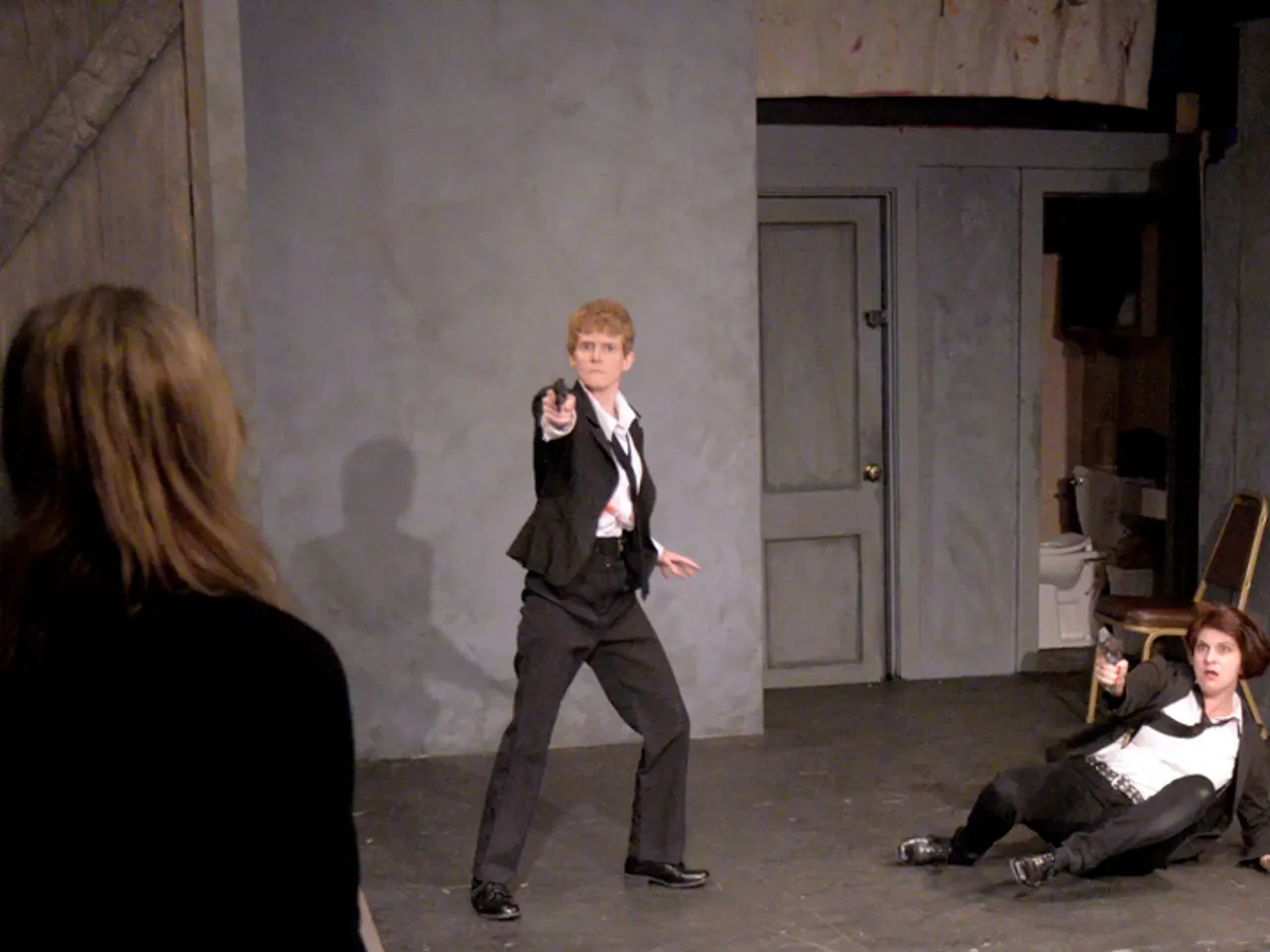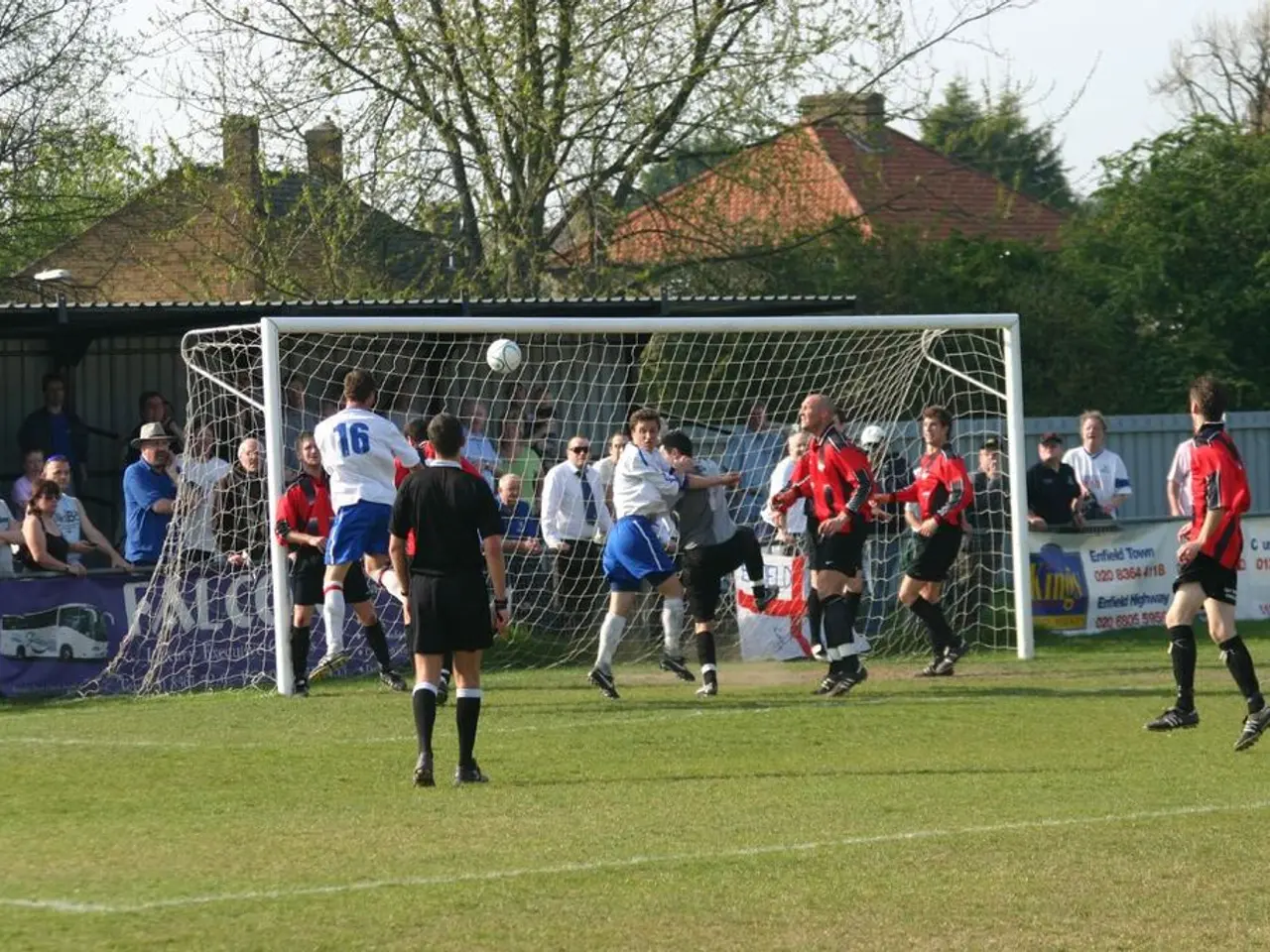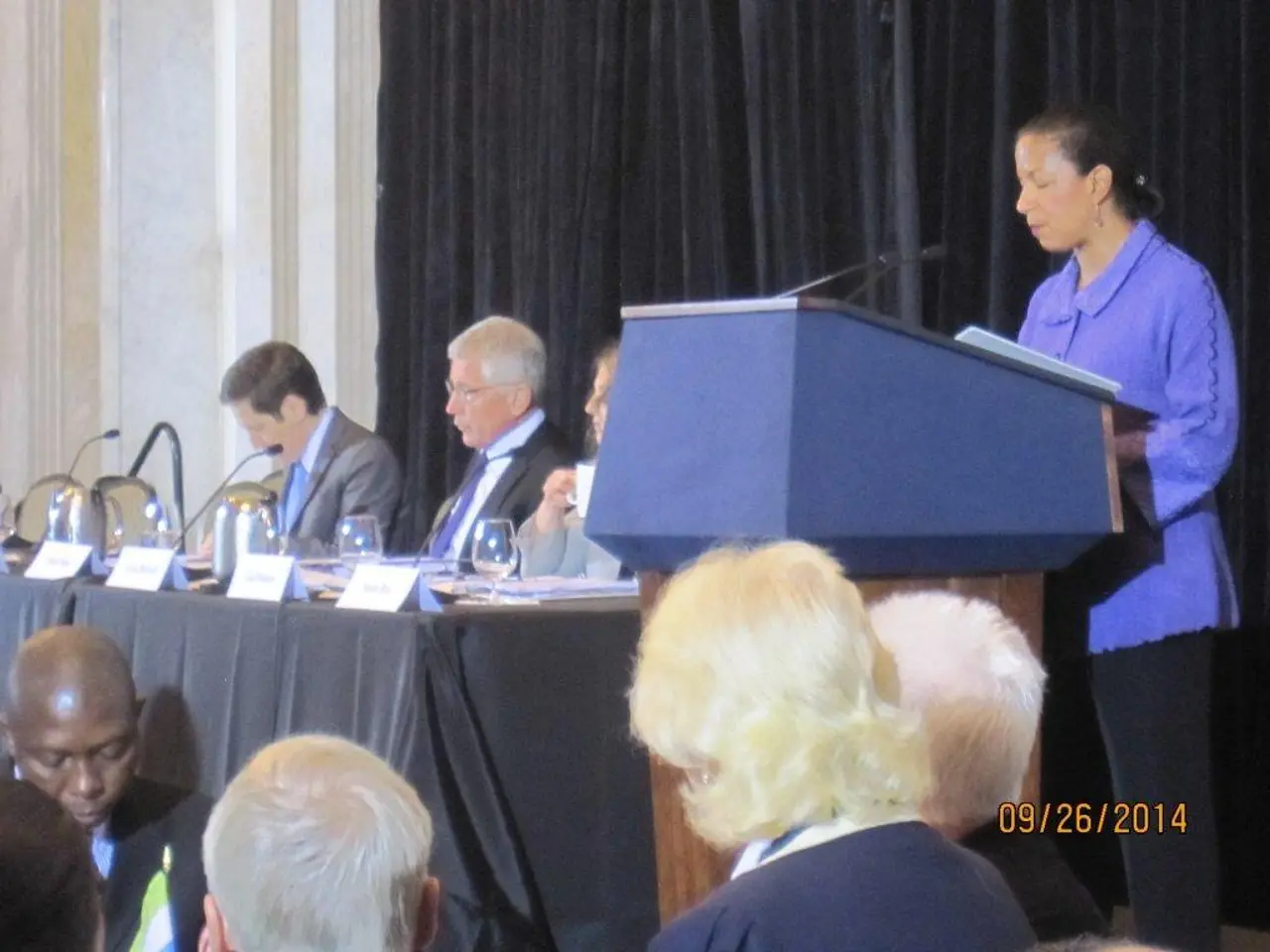Troops Pullback at Disputed Thai Temple Not Ordered by Military, Claims Army
In the heart of Surin province, the Ta Kwai temple area continues to be a contested zone between the Royal Thai Army and Cambodia. Despite recent ceasefire talks, the area remains heavily militarized and dangerous, with a strategic significance that has made it a focal point for both sides [1][2].
The clashes between the two countries at Ta Kwai and Hill 350 earlier this week have resulted in a heavily mined and militarized zone. The temple's designation as a "kill zone" stems from its extensive deployment of landmines, direct combat engagements, and concentrated artillery and rocket fire [1][2].
The Ta Kwai temple site, a key point of contention, has been a site of conflict for some time. The strategic significance of nearby Hill 350 further adds to its importance, making it a target for attempts to control this tactically important location [1][2].
The Royal Thai Army, known for its strategic operations, may have temporarily withdrawn troops from the Ta Kwai temple area for tactical reasons, not as a sign of abandoning the offensive. Operations are often carried out jointly by multiple units in the Royal Thai Army, with the army never releasing the names of specific units deployed to individual locations [3].
A withdrawal in military operations can serve various purposes, such as rotating units, avoiding giving the enemy an easy stationary target, or stepping back temporarily for safety before launching an airstrike [3]. In the final hours before the truce, the Royal Thai Army changed tactics to maintain control through concentrated firepower at the Ta Kwai temple area [4].
Despite the allegations of a retreat order, Army spokesman Maj Gen Winthai Suvaree insists that such claims are untrue. Elite soldiers from the 31st Infantry Regiment, King's Guard, were moving towards the front lines at Ta Kwai when the ceasefire deadline approached [5].
The main military objective of the Royal Thai Army is to secure all territory within Thailand's operational boundary and prevent any Cambodian troop presence [6]. Underlying the conflict are political-military dynamics in both countries, including shifts in leadership, nationalist sentiments, and economic interests tied to border trade routes and tourism zones, which exacerbate the already tense territorial dispute along this frontier [4].
As of early August 2025, Thai forces have extended control around the temple perimeter but have not secured the temple itself, mainly due to landmines planted by Cambodian forces [1][2]. The Ta Kwai temple area, with its volatile and contested nature, continues to pose significant challenges for both sides and remains a dangerous and active conflict zone.
The escalating war-and-conflicts in Surin province, specifically at the Ta Kwai temple area, are heavily influenced by politics and general news due to the strategic significance of the locale, making it a major point of conflict and a target for both armies to control. The ongoing tensions between the Royal Thai Army and Cambodia have resulted in the area being labeled as a "kill zone," with extensive deployment of landmines and concentrated firepower, compelling military units to be cautious and tactful in their maneuvers.
